Rick Tumlinson has a lot to say about our future in space. There is much in this piece that fits with the ideas I present in Generation Mars. Give it a read and see what you think.
“But suppose we can get past this first phase of government’s trying to use space to dominate Earth and establish the first viable communities in the beyond. These can be based on underlying principles that focus on caring for life, evolving humanity and exploring the cosmos, and yes, funded by new industries and vast resources we no longer have to rip out of the MotherWorld. In that case, we may have a chance to move to a new level of human culture, where war, conquest, and control make way for more peaceful, collaborative efforts to expand the domain of life for all.”
This is the sort of culture I describe in Dawn, the Martian colony of my books.


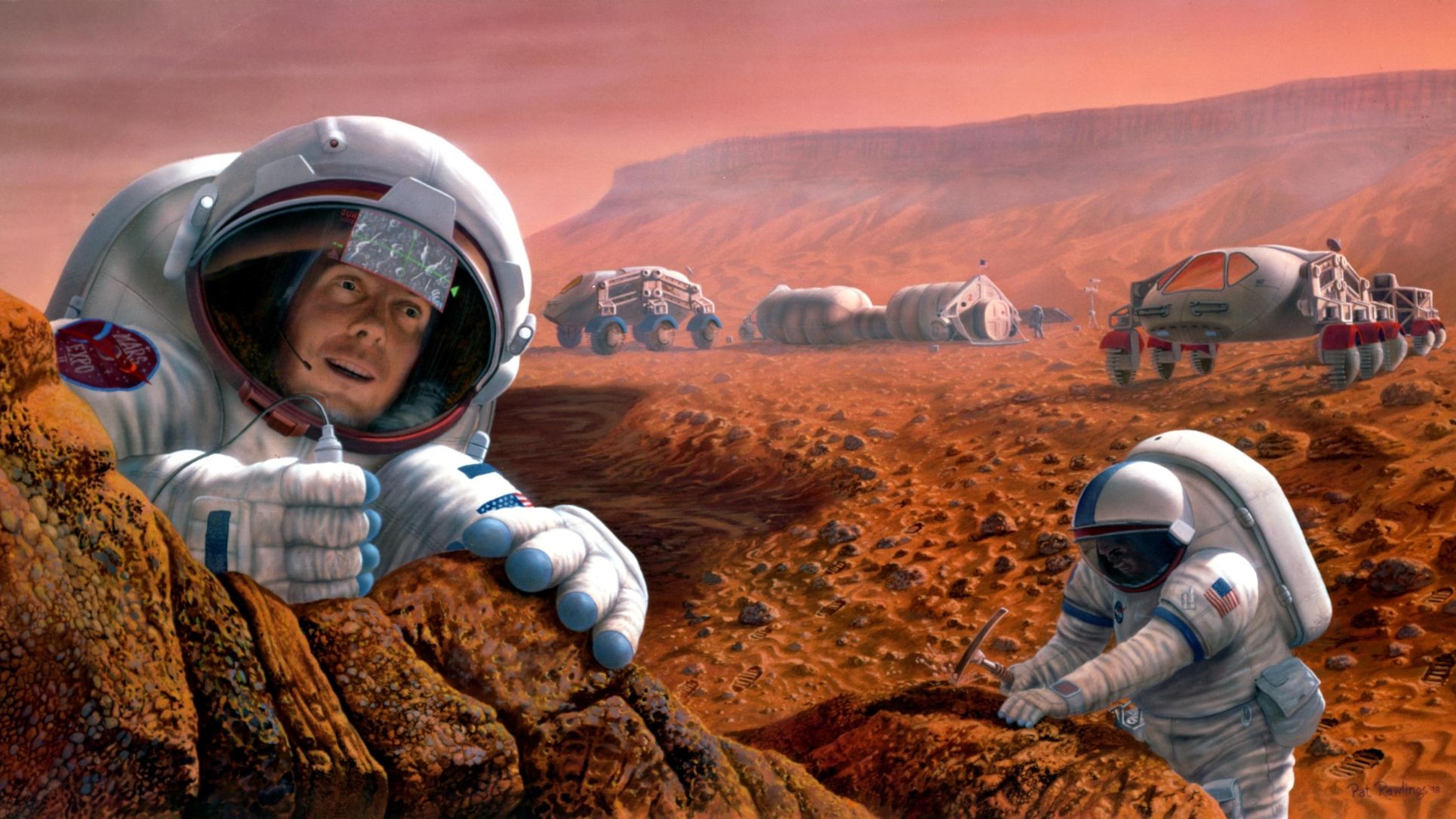
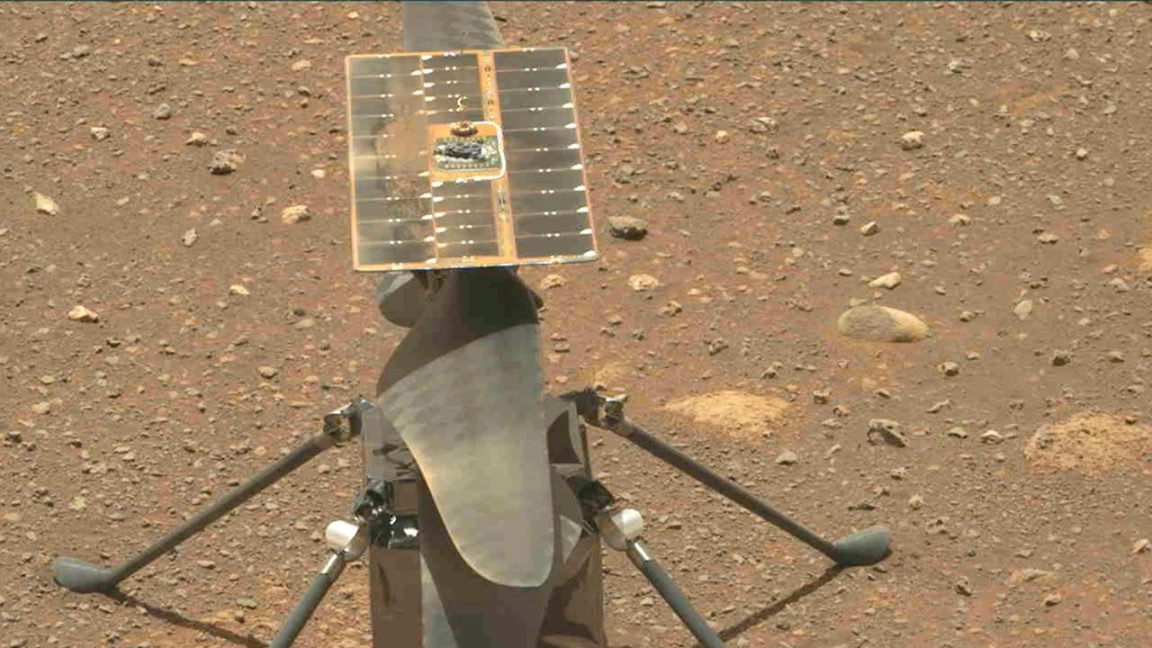
 Ars Technica
Ars Technica 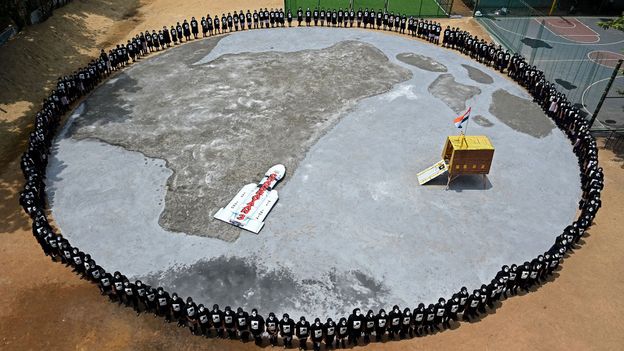
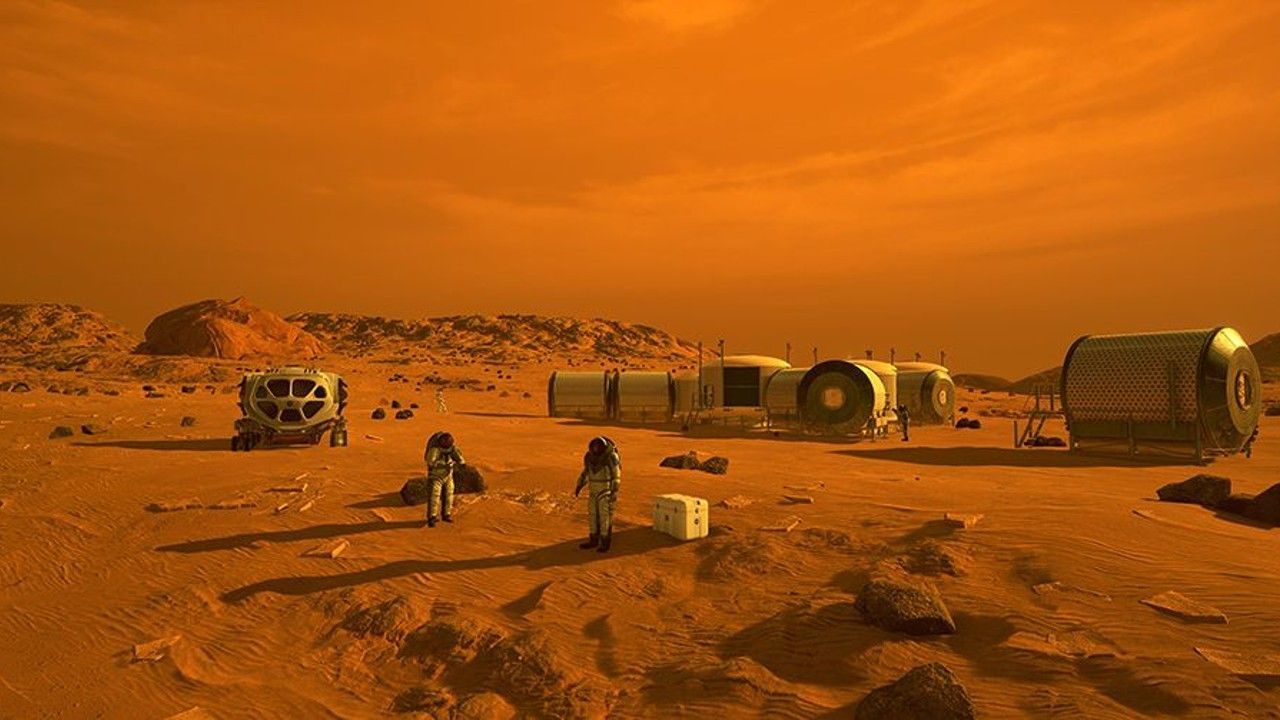
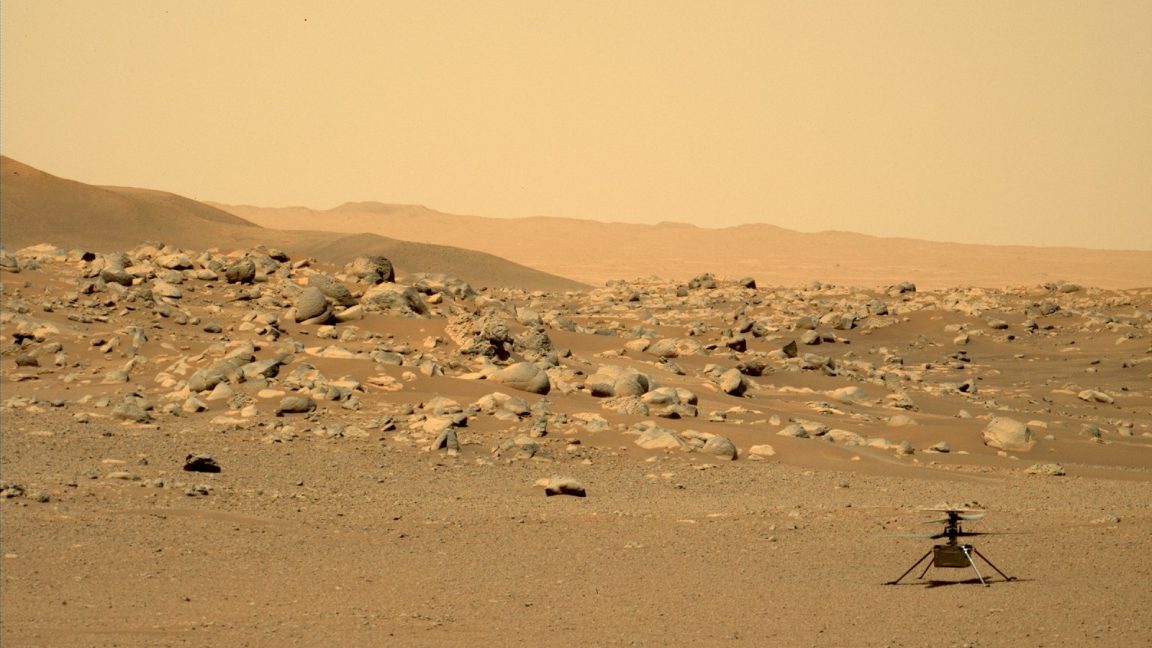
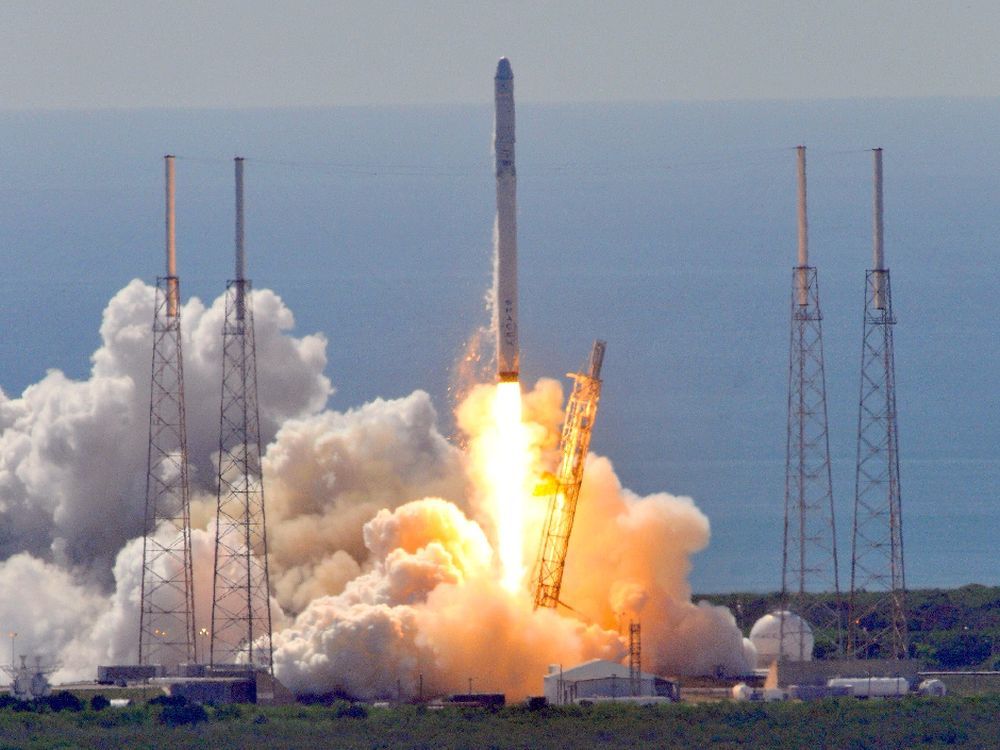
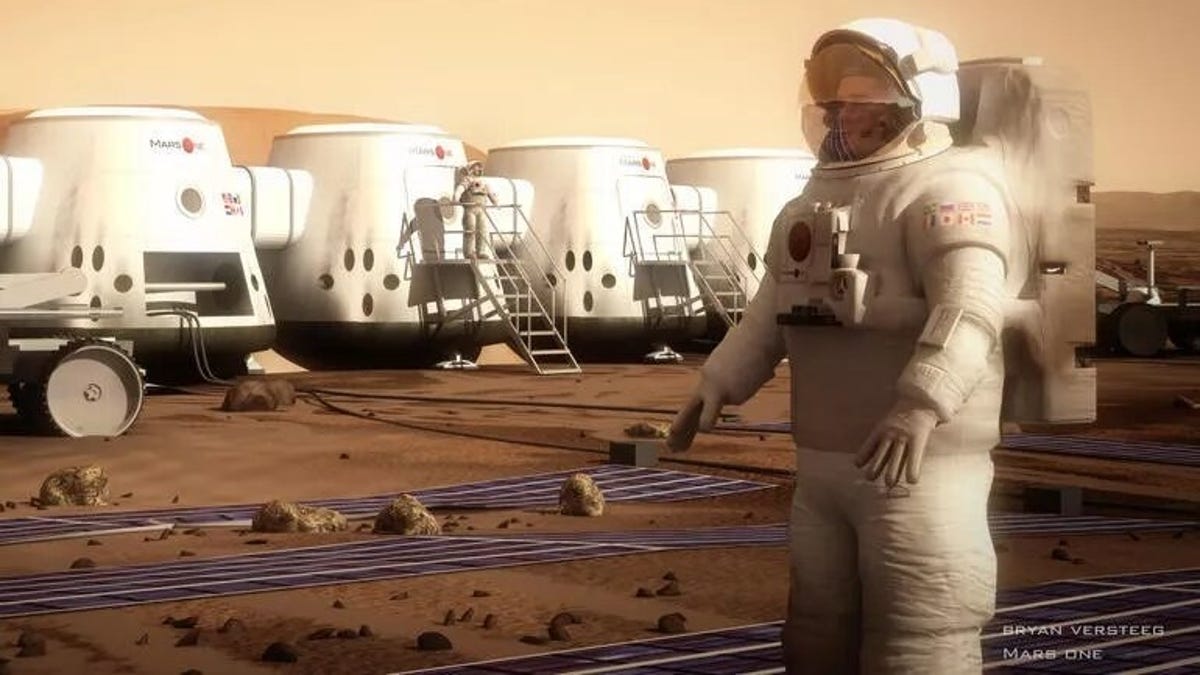


 Casey Handmer's blog
Casey Handmer's blog